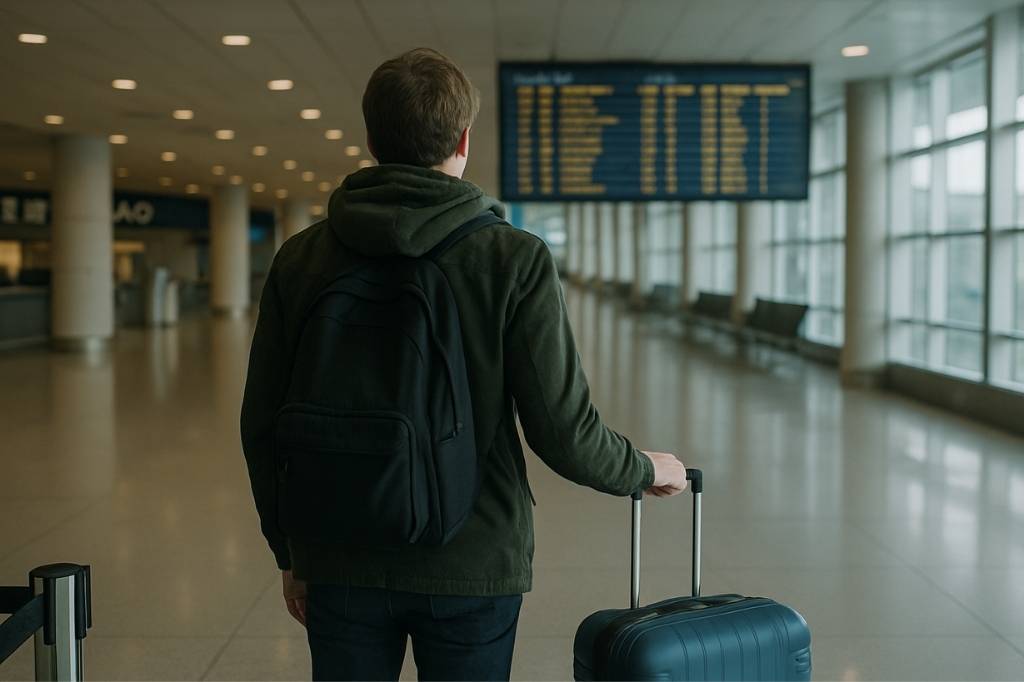Summer is almost here and now you can enjoy it better with Emirates. Recently the airline has revealed their latest codeshare agreement with Avianca. With this codeshare partnership, Emirates travellers can get extended access to Latin America via European gateways. Plan your summer itinerary for a European getaway with Emirates this year.
With this deal, Emirates customers flying via Madrid, Barcelona or London Heathrow to fly direct to three points in Colombia can explore ‘seamless connectivity’. The codeshare will start on June 4th, just in time for summer bookings. Routes from Madrid to Bogotá, Medellin and Cali as well as from Barcelona to Bogotá and from London Heathrow to Bogotá will be included in the codeshare agreement. Additionally, Avianca will also place codes on routes operated by Emirates. This includes routes between Barcelona, Madrid or London Heathrow as well as Dubai.
In addition to this, travellers can also explore additional benefits through this Emirates codeshare agreement. This includes a single ticket and a single baggage policy checked through to the traveller’s final destination.
The codeshare agreement will enable us to expand our reach and allow our customers to use our services and to fly to additional popular points in Colombia…We look forward to developing the relationship further, and introducing more added-value benefits in the future that will be felt by customers of both airlines, says Emirates Deputy President and Chief Commercial Officer – Adnan Kazim.
Emirates is also set to introduce new destinations to travellers this year. In addition to being one of the best airlines for amazing connectivity, Emirates also offers comfort and convenience.








